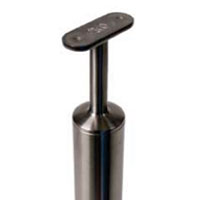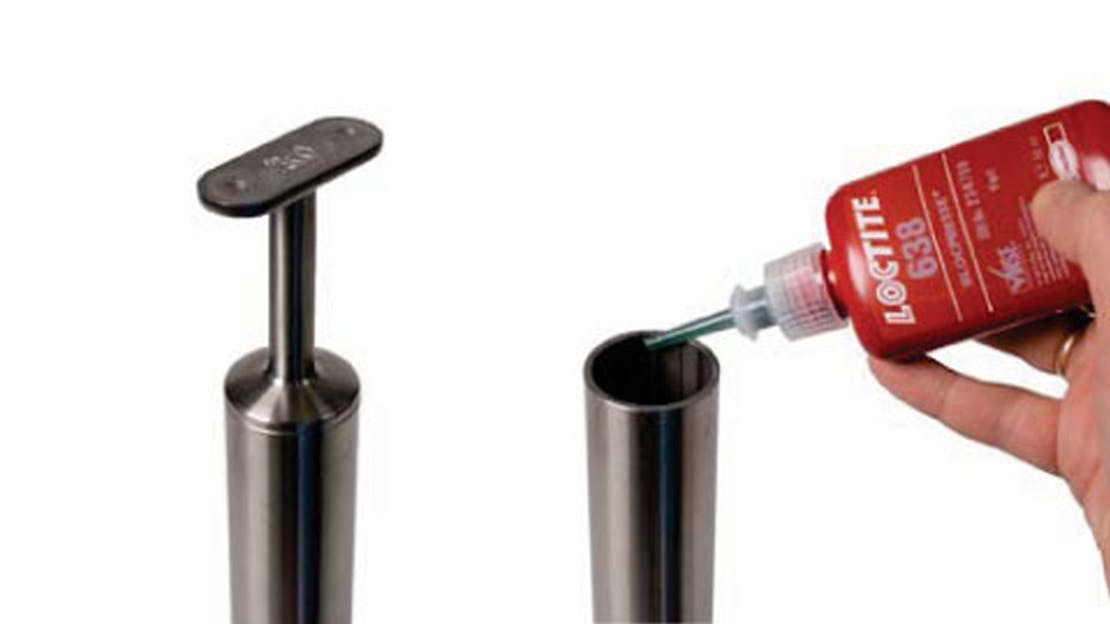
Using glue instead of welding for architectural products
Welding requires specialist equipment, skill and time. Moreover, a welder is usually not likely to also be a grinder, meaning that two skilled workers will have to work on one product. This can make the welding process expensive. Most of our architectural balustrade railing and handrail systems are suited to use adhesives. This means no more hauling of welding equipment and gas bottles and no risk of damages due to welding spatters.
Also, no grinding is required because all products are supplied with a 320 grit grade brushed finish as standard.
Adhesives are strong
Do you still have doubts concerning the strength of welded adhesive components? Did you know that the British were already using adhesives for the wing structures of fighter planes before the Second World War?
The automotive and aircraft industries have also been using innovative adhesion technologies for many years.
Adhesive regulations
For an optimum result, it is important to observe the regulations.
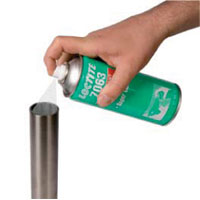
Step 1
Apply CLEANER SPRAY to the inside of the surface to be joined.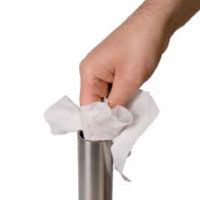
Step 2
Cleanse with a dry and clean cloth.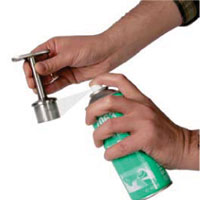
Step 3
Apply CLEANER SPRAY to the outside of the surface to be joined.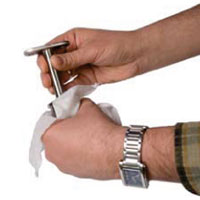
Step 4
Cleanse with a dry and clean cloth.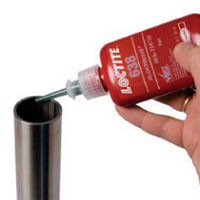
Step 5
Apply a line of adhesive to the inside of the surface to be joined.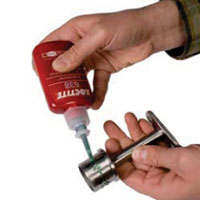
Step 6
Apply a line of adhesive to the outside of the surface to be joined.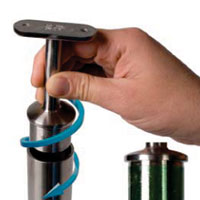
Step 7
Affix the part to be joined with a circular motion to spread the adhesive evenly.